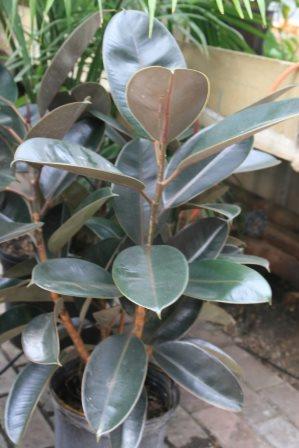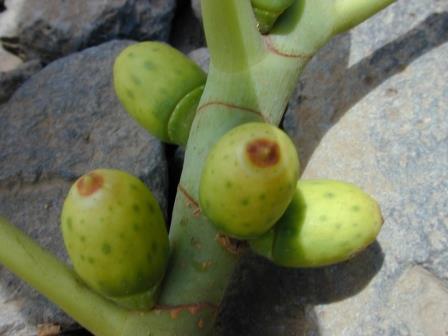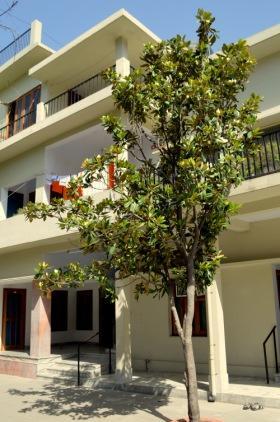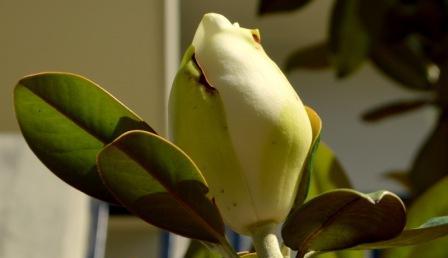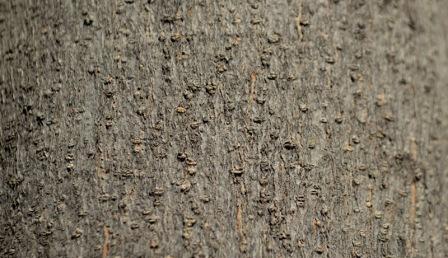Natural Regeneration :
- Naturally regenerated by seeds.
Artificial Regeneration :
- Propagated by nursery raised seedlings.
Seed collection and Storage :
- The Fruits are collected in the month of April-May.
- The fruits are depulped and seeds are collected and stored in a air tight container.
- Seeds can be stored for only 3 months.
- Seed - viability is 20 - 50%
Seed Treatment :
Nursery Technique :
- Seeds are sown in standard size mother bed during April-May
- Germination starts in 3-4- days and lasts for three weeks.
- Pricking out in polythene bags can be done when first pair of leaves is noticed in the nursery seedlings.
- Sowing pretreated seed can also be done directly in polythene bags filled with equal proportion of sandy loam and FYM.
- Seedlings are placed under shade should be watered twice in a week.
Plantation technique :
- one year old nursery raised seedlings are fit for planting.
- Pit size of 60 cm3 with spacing of 3 m x 3 m or 5m x 5 m can be adopted.
- For afforestation on saline and alkaline soils pitting of 60cm x 60cm x 80cm or 60cm x 60cm x 120cm are adopted.
Care & Disease Control :
- Responds well to irrigation however essential only during the first one or two years so as to ensure better establishment and quicker culm production. Moisture retention through trenches to be practiced.
Irrigation :
- Irrigation is essential only during the first one or two years.
Major uses :
- A latex is obtained from the bark of the stem and larger branches.
- This can be used for all applications of natural rubber, such as tyres, rubber components for cars and machines and consumer products such as footwear, sport goods, toys and gloves.
Other uses :
Other Uses
A latex is obtained from the bark of the stem and larger branches. This can be used for all applications of natural rubber, such as tyres, rubber components for cars and machines and consumer products such as footwear, sport goods, toys and gloves.Traditionally, the latex is used to line baskets of split rattan, to make them watertight and has sundry other applications.The rubber made from this plant contains 4 - 20% resin, which hardens over time and decreases the rubber's elasticity.
Carbon stock :
0.037 tC/ tree


